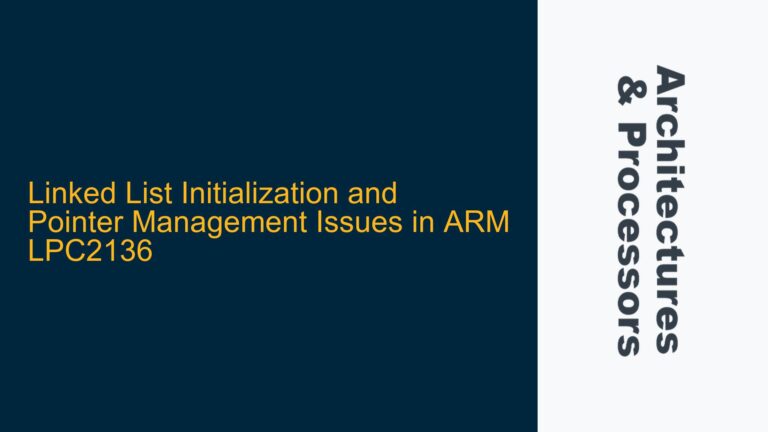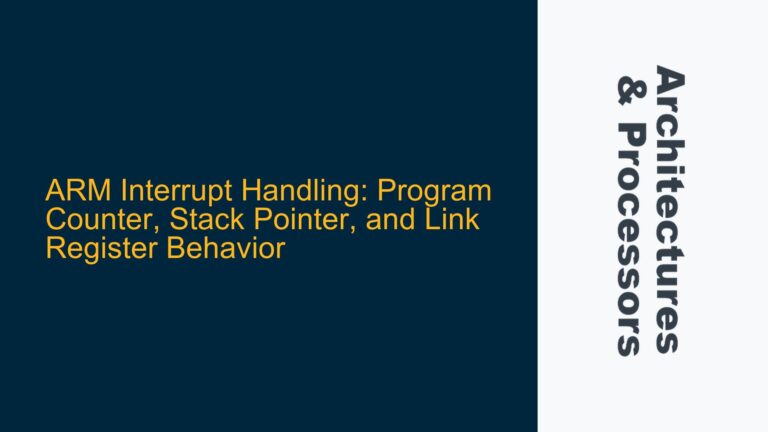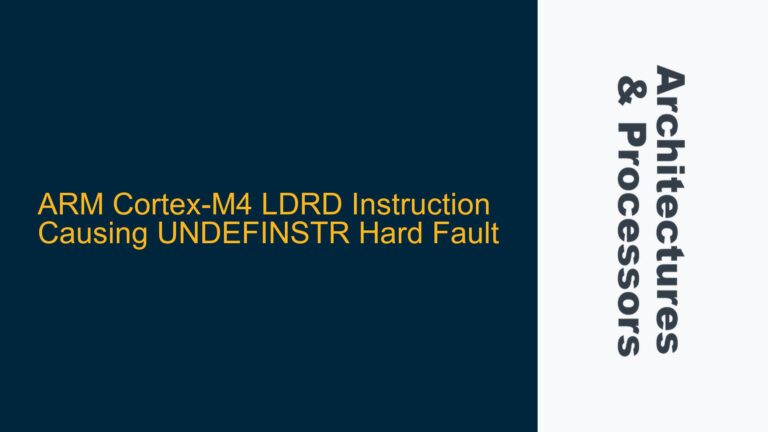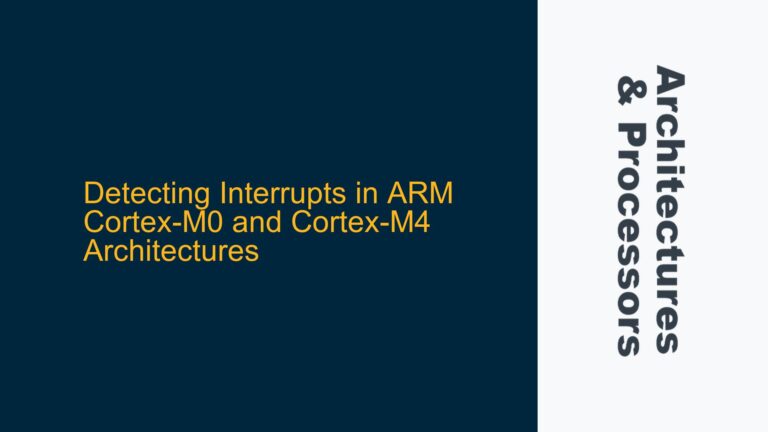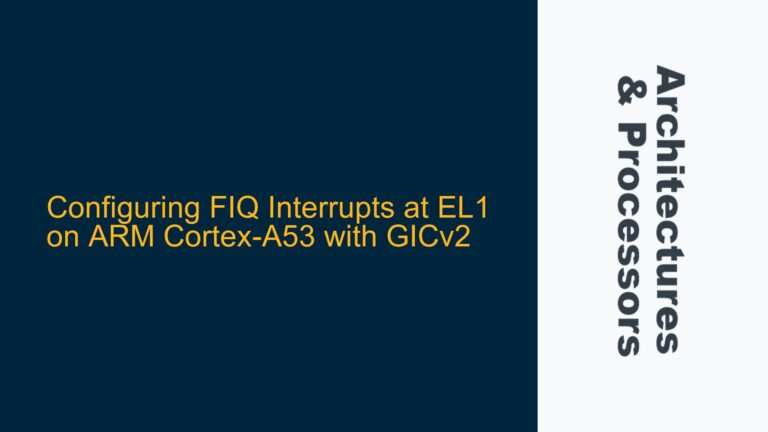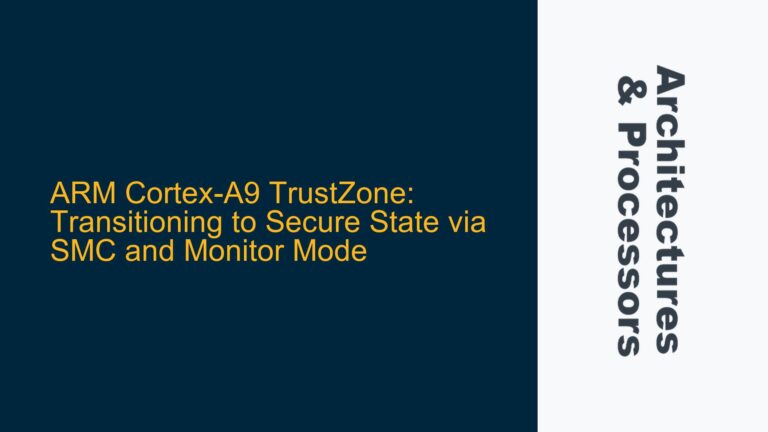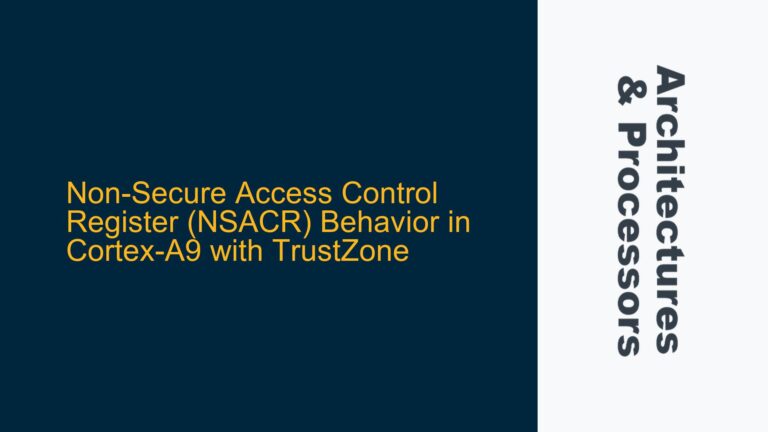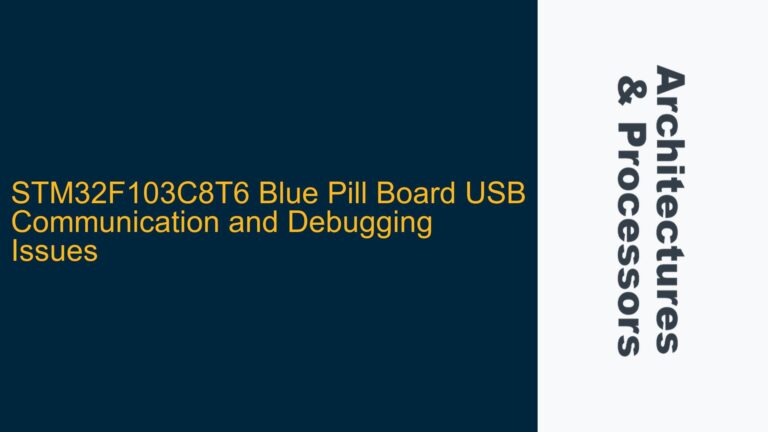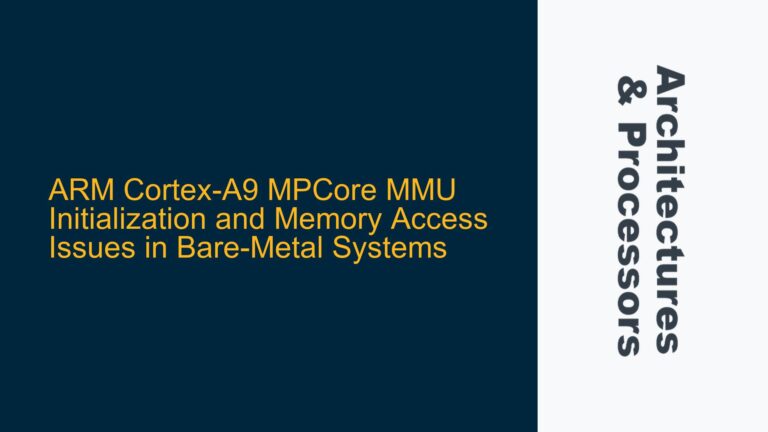Linked List Initialization and Pointer Management Issues in ARM LPC2136
Incorrect Pointer Initialization and Stack Allocation in Linked List Implementation The core issue revolves around the incorrect initialization of pointers in a linked list implementation on the ARM LPC2136 microcontroller. The developer attempts to initialize a linked list structure but encounters runtime errors due to improper handling of pointers and memory allocation. The primary symptoms…
